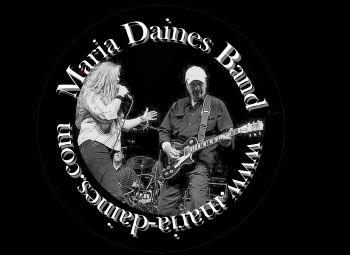
Maria Daines
|
9/20/2006 10:02:45 AM
What we did to Rodney - please blog and pass on...
Commentary by Peter M. Henriksen
A true story, told by a vet : "What we did to RODNEY" - Physicians Commitee for Responsible Medicine http://www.pcrm.org/index.html
What We Did to Rodney
We called him Rodney. He was a tall, gangly, flea-bitten shepherd mix. One ear stood up, shepherd style, and the other flopped over and bounced against his head like a rag doll when he ran. His head and feet were too big for his thin but muscular body. A stale, musty odor accompanied him from flea-infested skin and neglected ears. Altogether, he wasn’t much to look at—one of thousands of dogs facing the world without the luxury of an owner.
I was in my third year of veterinary school and he came from the local dog pound. For the next quarter, four of us students would practice surgery techniques on him—the first of our small animal surgery training. He was always happy to see us—tail thumping wildly against the walls of his small steel cage. From the looks of him Rodney hadn’t had much of a life, so a pat on the butt and a little walk around the college complex made his day.
The first thing we did was neuter him, a seemingly benign project except it took us an hour to complete the usual 20-minute procedure, and anesthetic overdose kept him out for 36 hours. Afterward he recovered his strength quickly and felt good.
Two weeks later we did an abdominal exploratory, opening his abdomen, checking his organ inventory, and closing him again. This was the first major surgery for any of us, and with inadequate supervision we did not close him properly. By the next morning, his incision had opened and he was sitting on his small intestine. Hastily, we sewed him up again, and he survived. But it was a week or more before he could resume the walks he had come to eagerly anticipate. He would still wag his tail when he arrived and greet us with as much enthusiasm as he could muster.
The following week, again when he was under anesthesia, we broke his leg and repaired it with a steel pin. After this Rodney seemed in almost constant pain, his temperature rose, and he didn’t rebound as he had in the past. His resiliency gone, despite antibiotic treatment, he never recovered completely. He could no longer manage his walks, and our visits generated only a weak thump of his tail. The shine was gone from his brown eyes. His operated leg remained still and swollen.
The quarter was ending, and Rodney’s days were numbered. One afternoon we put him to sleep. As the life drained from his body and his eyes lost their focus, my attitude toward animal research began to change.
I am a scientist, weaned on the scientific method, and should be a staunch believer on the use of animals for research. … After 15 years in the veterinary profession, I now believe there are moral and ethical considerations that outweigh the benefits. Because we happen to be the most powerful species on earth, we humans have the ability—but not the right—to abuse the so-called lower animals. The ends do not justify the means.
Peter M. Henriksen is a veterinarian.
Reprinted with permission from The Mansfield News-Journal, July 28, 1989.
To join The Rodney Fund, PCRM’s monthly giving program, simply select “monthly recurring donation” on the online donation page.
http://www.pcrm.org/index.html
|

|